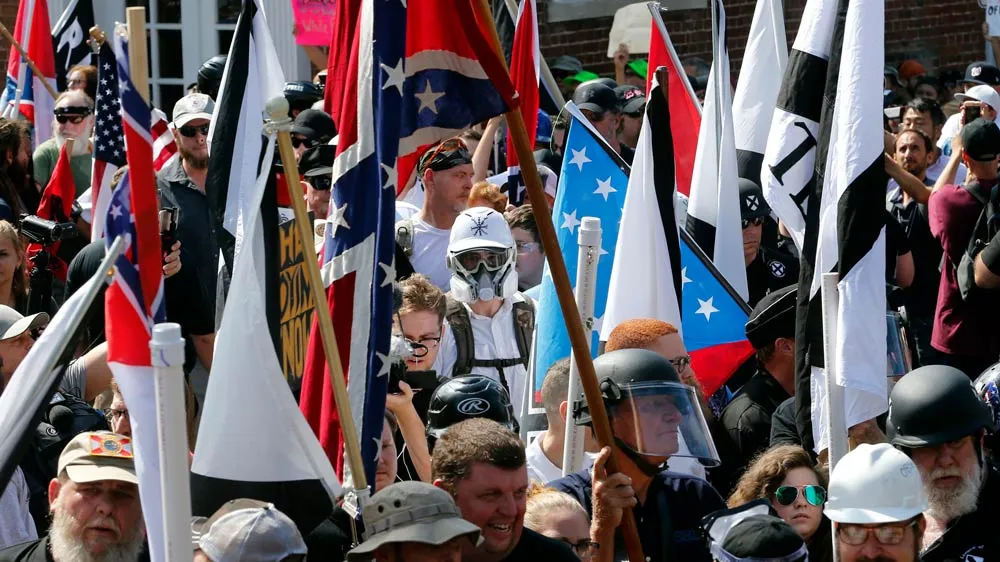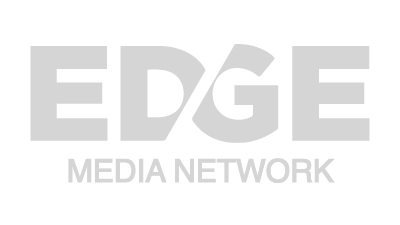May 7, 2016
New Ad Campaign Targets Casual LGBT Young Smokers
Matthew S. Bajko READ TIME: 3 MIN.
The nearly $36 million "This Free Life" campaign from the Food and Drug Administration is targeted at LGBT young adults ages 18-24 who smoke cigarettes on occasion. It is running in 12 major cities across the country, including San Francisco, Los Angeles, and San Diego in California.
Its pitch of "We've come too far to harm our future with tobacco" aims to tie a smoke-free lifestyle to the gains made in LGBT rights. And the campaign warns that infrequent tobacco use can lead to an addictive habit that harms one's health and "siphons money from our pockets," as a male narrator notes in one of the campaign ads.
"We know LGBT young adults in this country are nearly twice as likely to use tobacco as other young adults," said Mitch Zeller, J.D., director of the FDA's Center for Tobacco Products. "We want LGBT young adults to know that there is no safe amount of smoking."
Of the more than 2 million LGBT young adults in the U.S., more than 800,000 smoke occasionally, according to the FDA. Tobacco use, added the agency in a press advisory, results in tens of thousands of LGBT deaths each year .
"They don't consider themselves to be smokers and don't understand the associated health risks," said Zeller. "Even an occasional cigarette can have serious health impacts and lead to addiction."
Speaking on a media call Monday, May 2 to discuss the "historic" campaign, said to be the first to target casual LGBT young adult smokers, Richard Wolitski, Ph.D., acting director of the Department of Health and Human Services' Office for HIV/AIDS and Infectious Disease Policy, said addressing LGBT health disparities is personal for him.
"As a gay man living with HIV, I have worked for 30 years to improve gay men's health and prevent HIV, STD, and hepatitis infections in my own and other communities," said Wolitski. "The health impacts of smoking also hit close to home for me. My husband's father died of lung cancer because he smoked."
The coming out process for young LGBT adults is often a stressful time, noted Wolitski, when many will often turn to smoking cigarettes as a coping mechanism. It is also the age when many young LGBT adults start going out to clubs and bars where they often encounter people smoking, reinforcing the idea that tobacco use is the norm in the LGBT community.
"Young adults are historically underserved by tobacco prevention campaigns. That is why reaching them with these messages is imperative," said Wolitski. "I have lost too many people in my life to HIV and I don't want to lose anymore to tobacco use."
The This Free Life campaign will include print, digital, and out-of-home ads, such as on bus shelters and billboards. Its online component will be featured on social media sites like Tumblr, Facebook and Instagram, and dating sites such as OkCupid and the lesbian-focused Her.
"The audience for This Free Life may not have responded well to traditional cessation messages," said Kathy Crosby, director of the FDA's Office of Health Communication and Education at the Center for Tobacco Products.
The new campaign is a continuation of the FDA's anti-smoking messages for at-risk youth. In February 2014 the agency launched its "The Real Cost" smoking prevention campaign focused on youth ages 12 to 17. It was followed by two other campaigns, the most recent being "The Real Cost," which debuted last month and focuses on smokeless tobacco products.
This Free Life builds on those previous campaigns by targeting LGBT young adults, who tend to come out of the closet at 18 or older, "in a laser-focused way," said Zeller. "We could have purchased media that reached all 12 to 17 year olds, but that is not efficient since most have not come out."
The new campaign is funded by user fees the federal government collects from the tobacco industry and not by taxpayer dollars.
Several of the campaign videos can be seen on its YouTube page at https://www.youtube.com/channel/UCOf9sjgyrkxJfraysM1uWQg


